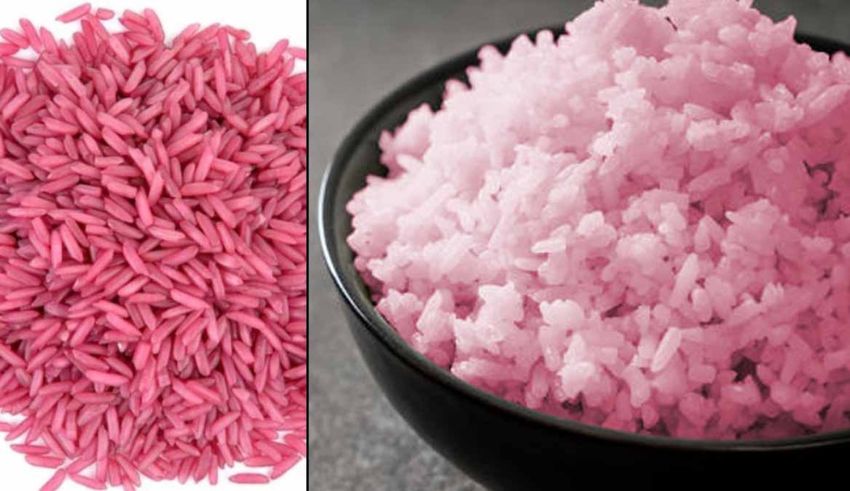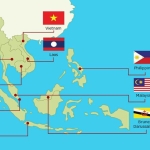
South Korea is known for its innovative and diverse cuisine, but one of its latest creations has caught the attention of the world: pink rice. What is this colorful and curious dish and how is it made? Here is everything you need to know about South Korea’s trending pink rice and why it might be the future of food.
What is pink rice?
Pink rice is a new type of hybrid rice that contains beef muscle and fat cells, grown in a lab by researchers at Yonsei University in Seoul. The rice grains are coated with fish gelatin and then seeded with stem cells from cows, which are cultured for 9 to 11 days in a petri dish. The result is a pink-tinted rice that has 8% more protein and 7% more fat than regular rice, as well as a unique flavor and aroma.
The researchers behind pink rice say that their goal is to provide a cheaper and more sustainable alternative to meat, which is becoming more expensive and scarce due to climate change, population growth and animal welfare issues. They claim that producing 100 grams of beef protein can require about 50 kg of carbon dioxide, while producing the same amount of pink rice protein can reduce the emissions by eight times. They also say that pink rice can be a complete meal that does not need any side dishes, and that it can help address the global food crisis.
Keep Reading
How does pink rice taste?
According to the researchers, pink rice does not exactly replicate the taste of beef, but it offers a pleasant and novel flavor experience. They say that pink rice has a slight nuttiness and umami, which are characteristic of meat, and that it pairs well with various accompaniments. They also say that pink rice has a firmer and more brittle texture than natural grains, and that it retains its traditional appearance when cooked.
Pink rice is still in its early stages of development and has not been tested for safety, nutrition or consumer acceptance. Some experts have expressed doubts about its potential to replace meat, saying that the percentage of protein in the final product is too low and that the process of growing animal cells is still costly and complex. Others have praised pink rice as a promising innovation that could reduce the environmental and ethical impacts of meat production and consumption, and provide a new source of food for the world.


























